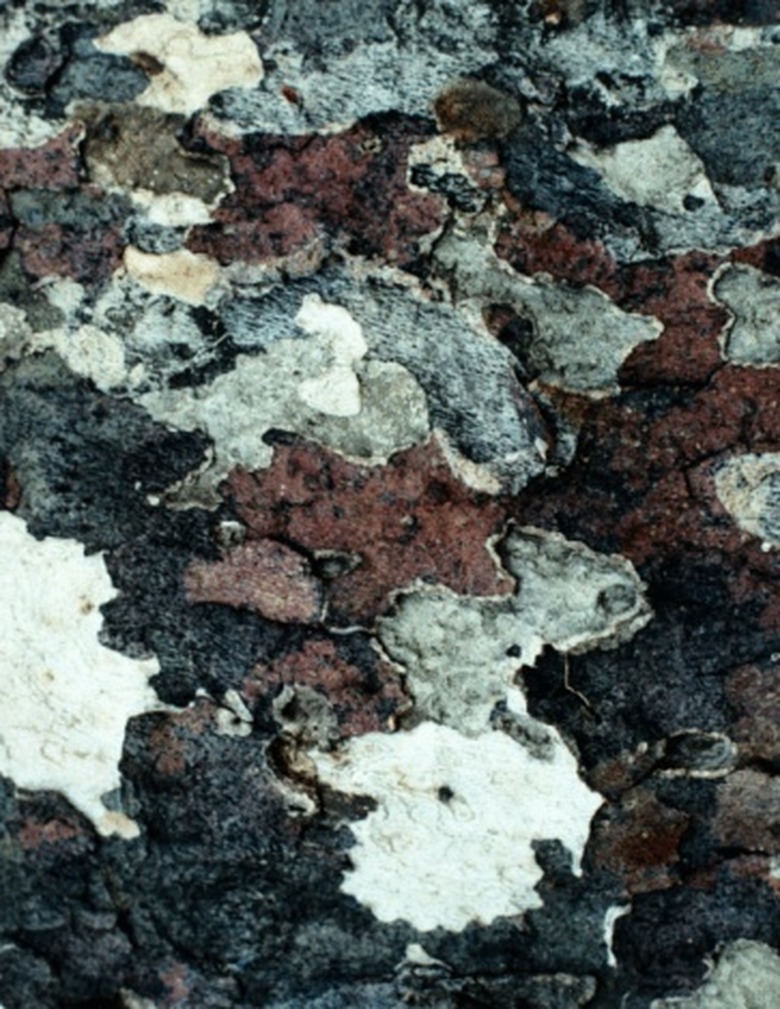Do Moth Balls Prevent Mold?
Designed to repel moths, moth balls are small white pellets that feature a pungent odor. Many people use moth balls for various purposes, including to help prevent fungus such as mold. However, the possible health complications that moth balls can cause make them a dangerous substance to keep in the home.
Moth Balls
Moth Balls
Containing naphthalene, moth balls are a common item used in attics and basements to keep pests — such as snakes, moths and mice — at bay. Unfortunately, moth balls are dangerous and, according to The Environmental Protection Agency, are a "persistent, bio accumulative and toxic chemical" that can cause serious and deadly side effects. Exposure to moth balls can lead to lack of appetite, fatigue, vomiting, diarrhea, headaches and damage to red blood cells.
Moth Balls and Mold Prevention
Moth Balls and Mold Prevention
For fungus such as mold and mildew to grow, moisture must be present. Moth balls will absorb moisture, which will prevent mold and mildew from growing and thriving. However, the risks with moth ball usage outweigh any positive aspects that they may have. Instead of using moth balls to help prevent mold and mildew, choose a safer more natural option that will not cause health complications to you or your family.
Removing Mold
Removing Mold
Before taking the steps to prevent mold growth, remove any fungus presently growing in and around your home. You can kill mold by misting the area with several different mold removal solutions. White vinegar, oxygen bleach and borax will all kill mold safely. Use undiluted white vinegar or 1 cup of either oxygen bleach or borax dissolved in 1 gallon of cool water to eliminate fungus growth. Mist the mold with the homemade fungus killer, and let sit for 10 minutes. After the allotted time has passed, wipe the surface clean with a damp cloth. Continue in this manner until you have removed all traces of the fungus.
Preventing Mold
Preventing Mold
The best defense against mold growth is prevention. Keep your home dry by fixing any leaks, such as leaky pipes or roofs, as soon as possible. Mold can grow in any dark, damp and humid locations. Bathrooms and basements are a common area for mold growth, and you should check these areas on a regular basis for fungus. Installing a bathroom vent or opening a window during showers will help prevent a buildup of humidity that can cause an increase of mold. Furthermore, wipe showers, bathtubs and sinks dry after each use to help lower the chance of mold growth. Cover dirt basement floors with a plastic moisture barrier to prevent fungus growth in the dirt.
References
- EPA; Naphthalene; April 1992
- Buncombe County North Carolina: Mold, Mildew and Moisture
- CBS News; Heloise Hears A Hint; Richard Schlesinger; December 2000
- Ask the Builder; Mold; Tim Carter
- University of Missouri Extension; How to Prevent and Remove Mildew–Home Methods; Wanda Eubank and Betty Feather
- The Washington State Department of Health; Got Mold?; November 2009
